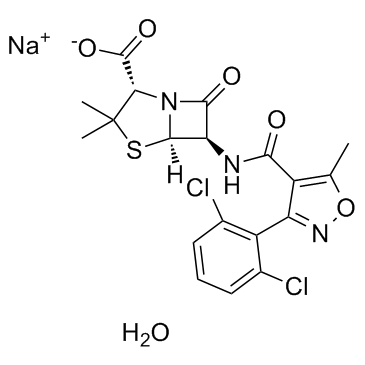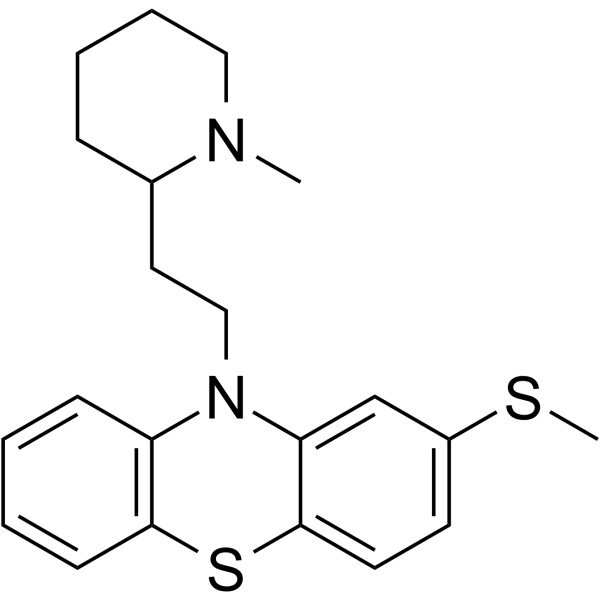| Structure | Name/CAS No. | Articles |
|---|---|---|
 |
Dicloxacillin sodium
CAS:13412-64-1 |
|
 |
THIORIDAZINE
CAS:50-52-2 |